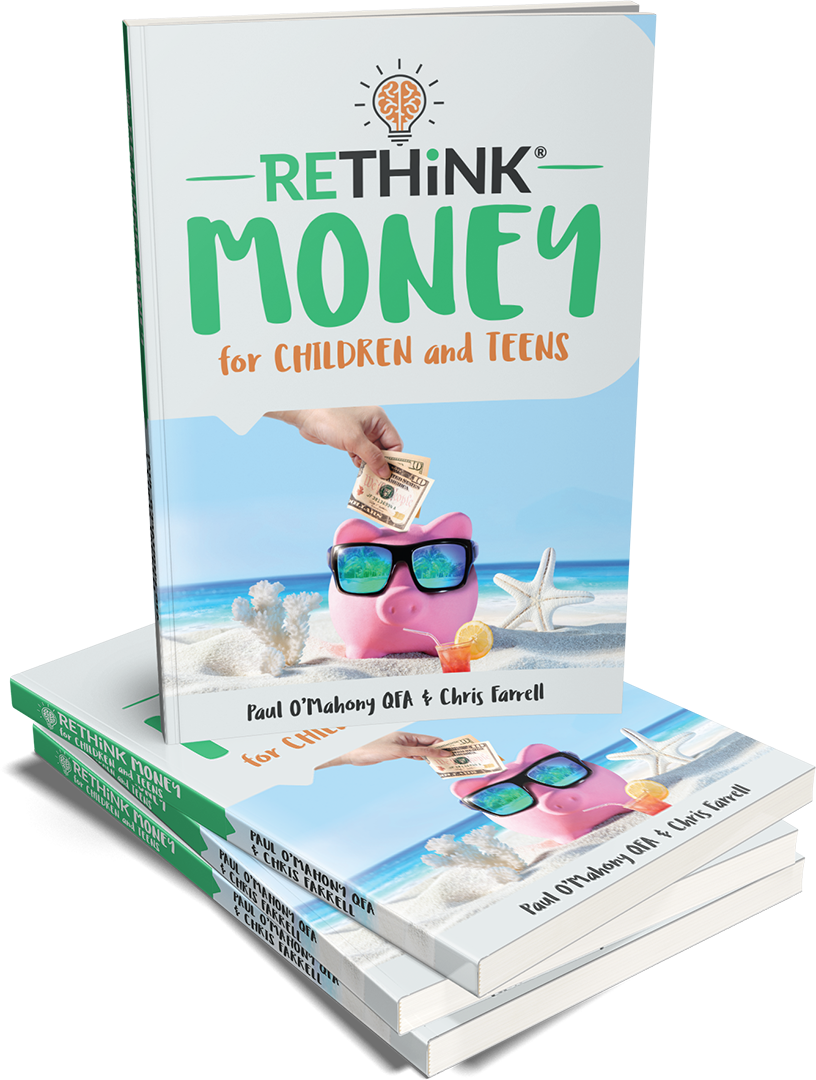The Best Books to Teach Kids About Money
It can be difficult to teach your kids money lessons that you were never taught yourself. Even more importantly, it can be tough to predict the financial realities that your kids' generation might face in the future. But even with the mounting costs of college tuition and the advent of cryptocurrency, parents shouldn't try to go it alone when it comes to teaching kids about money management and financial health.

Getty Images.
From kindergarten through high school, these financial literacy books offer age-appropriate lessons to equip your kids with money management tools that will last a lifetime. Here are the best books to teach kids—of any age—about money.
Preschool/Kindergarten
'Money Math: Addition and Subtraction' by David A Adler
First things first. Before teaching kids how to value money, you have to start by teaching them what money is. Money Math by David A. Adler focuses on math basics by introducing U.S. dollar bills and coins. Kids learn who the guys are on the front of American currency, and they learn how much money is really worth. The book is foundational because parents can keep coming back to it as kids learn more about adding and subtracting. Once they can count numbers, they'll be ready to calculate how much change they should get back and how long it will take to save up for a favorite item.
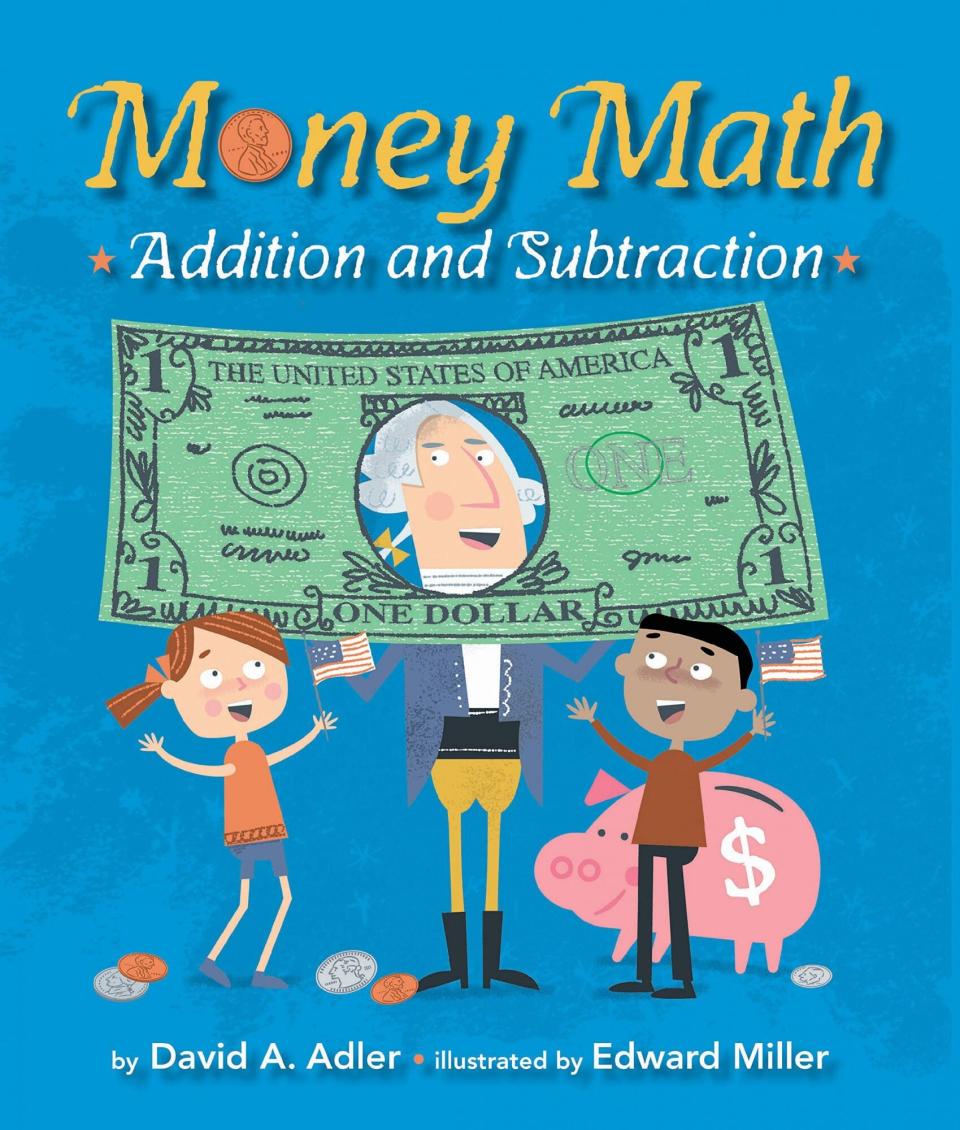
'Arthur's Funny Money' by Lillian Hoban
Lillian Hoban's book Arthur's Funny Money is a classic from the 1980s that still gets rave reviews from parents of 4-8 year olds. By offering simple business concepts, kids learn what money is and how they can make it. Arthur and his sister, Violet, learn about the cost of advertising and overhead, while catching the basics of counting. This is an I Can Learn Book (Level 2), making it perfect for an early reader or a bedtime story. Little kids will also enjoy listening to the funny narrative on audio.

'A Chair for My Mother' by Vera B Williams
A Chair For My Mother, by Vera B. Williams, teaches children a lesson about hard work and the tragedy of losing it all. It is on the New York Public Library's 100 Great Children's Book list, and a wonderful read-along brings the story to life. In this story, an intergenerational family rebuilds their lives after a house fire. They count coins in a jar to buy the last bit of furniture that would make their new house a home. They save money in a jar, and exchange coins for dollars at the bank. While Coinstar machines may have done away with wrapping quarters, kids will understand the idea and learn the value of delayed gratification.
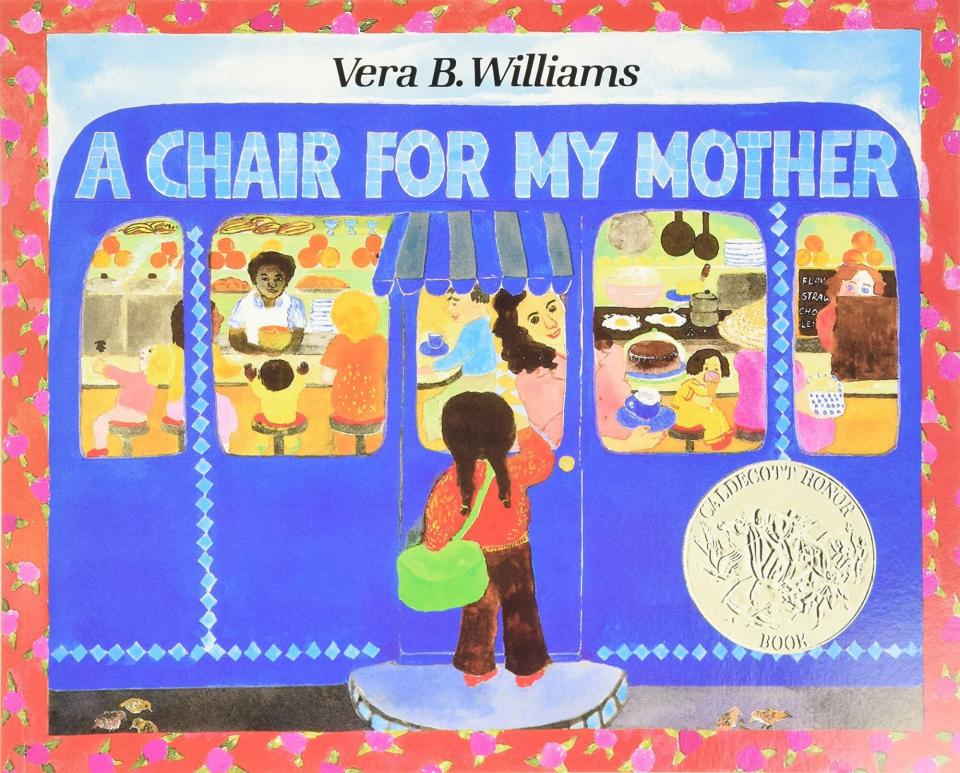
'Money Plan' by Monica Eaton
Monica Eaton, a Texas-based certified financial education instructor, just released Money Plan, a rhyming picture book about a girl named Mia who learns the value of budgeting and saving. While it's recommended for ages 4 to 7, an earlier reader would grasp the concepts—especially if they are a frequent co-pilot at the grocery store.
Eaton tells Parents that her book "gives children an introduction to the concepts of needs vs. wants, earning, saving and spending, and budgeting. The material should serve as a light refresher for parents as well." Each book comes with a free teaching guide for parents who want to continue the discussion.

Elementary School
'B is for Bitcoin' by Graeme Moore
James Page of Crypto Head tells Parents he recommends B is for Bitcoin by Graeme Moore, because "it teaches the ABCs in the world of Cryptocurrency. A is for Altcoin, B for Bitcoin, C for Consensus, and many more. What's also good about this book is that while it may be intended for 5- to 10-year old children, adults will also learn."
Amazon reviewers agree that this book is a great conversation-starter, with kids and adults alike. The funny illustrations entertain while the words educate. Although this book could be read to younger kids, it'll be more effective with kids who already have a basic knowledge of money and counting. By elementary school, kids are more well-versed in the digital world and can grasp the notion of virtual exchange.
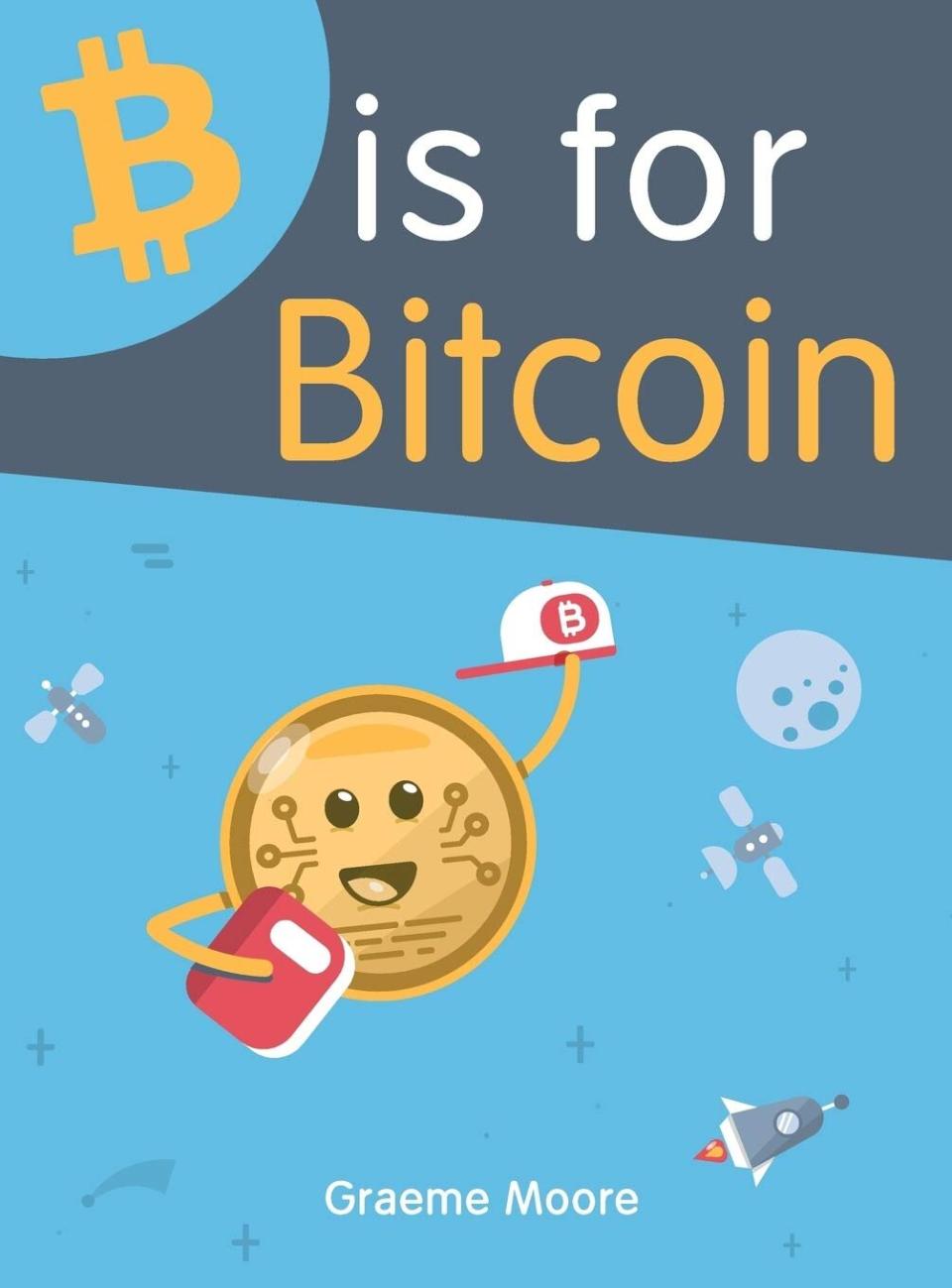
'Finance 101 for Kids: Money Lessons Children Cannot Afford to Miss' by Walter Andal
Finance 101 for Kids: Money Lessons Children Cannot Afford to Miss by Walter Andal is an Amazon bestseller. Recommended for children ages 8-12 years old, this book is a good way to introduce the concept of debt and to explain the stock market. This age group is ready to learn about potential money mistakes, making this book's real-life situations truly meaningful.
This book gets dense, so it's best for parents to unpack these lessons side-by-side with their middle schooler. After all, it's saving you coming up with your own kid-friendly way to explain stocks, bonds, and futures!

'Rock, Brock, and the Savings Shock' by Sheila Bair
Sheila Bair's Rock, Brock and the Savings Shock ranks high among parents because it tackles money faux pas with humor and grace. The illustrations will capture the attention of kids as young as 5, but the story about twins who use their dollars differently could go over young ones' heads. Fourth or fifth grade should be the sweet spot for this book, which shares the valuable lesson of compound interest.

'A Boy, A Budget, and A Dream' by Jasmine Paul
Whitney Rancourt is a mom to three kids, a third grade reading teacher, and the founder of mamamanages.com, a teacher-mama blog about raising little learners at home and in school. In her classroom, she uses A Boy, a Budget, and a Dream by Jasmine Paul. The book is best for ages 4-8.
Instead of getting too much into the technicalities of money, this book focuses on character-building traits and problem-solving. Rancourt summarizes, telling Parents that "Joey, the main character, is a little boy who desperately wants to attend a STEM event. His sister Kass is much more responsible with her money, so she teaches him how to save up and earn it."
This book shows the value of teamwork in money management and the importance of asking for help. It crushes money shame that kids might otherwise learn from losing or spending money on frivolous things. Even parents will appreciate the embedded notion that any money situation can be recovered from—and that it is important to learn from our mistakes (not hide them).

High School
'I Want More Pizza' by Steve Burkholder
Jake Hill, CEO of DebtHammer, tells Parents he recommends I Want More Pizza for high schoolers. "Don't let the name fool you: It's a fairly comprehensive book with lots of great lessons about money management," he says. "Unlike typical finance books, it uses very practical applications young adults will face in high school, college, and beyond. It focuses on the things that will matter to them, like saving for a car or covering college tuition. It also doesn't talk down to them. It treats young adults with the respect they deserve and imparts its wisdom, secure in the knowledge that they'll be able to follow it." This book is a great gift that offers lessons in goal-setting and prioritization, as well as student loans and investing.

'Show Me the Money' by Alvin Hall
Depending on how precocious your kid is, you might be able to introduce Show Me the Money even before high school, but certainly by high school you'll want them to start learning about the global economy, e-commerce, free and fair trade, and how capitalism works. These lessons should help them prepare not only for life, but also their Economics 101 course in undergrad. The added-value is that this text also touches on ethics and inequality, ideas that are particularly salient to high schoolers who are learning their place in the world and discovering their own personal passions.
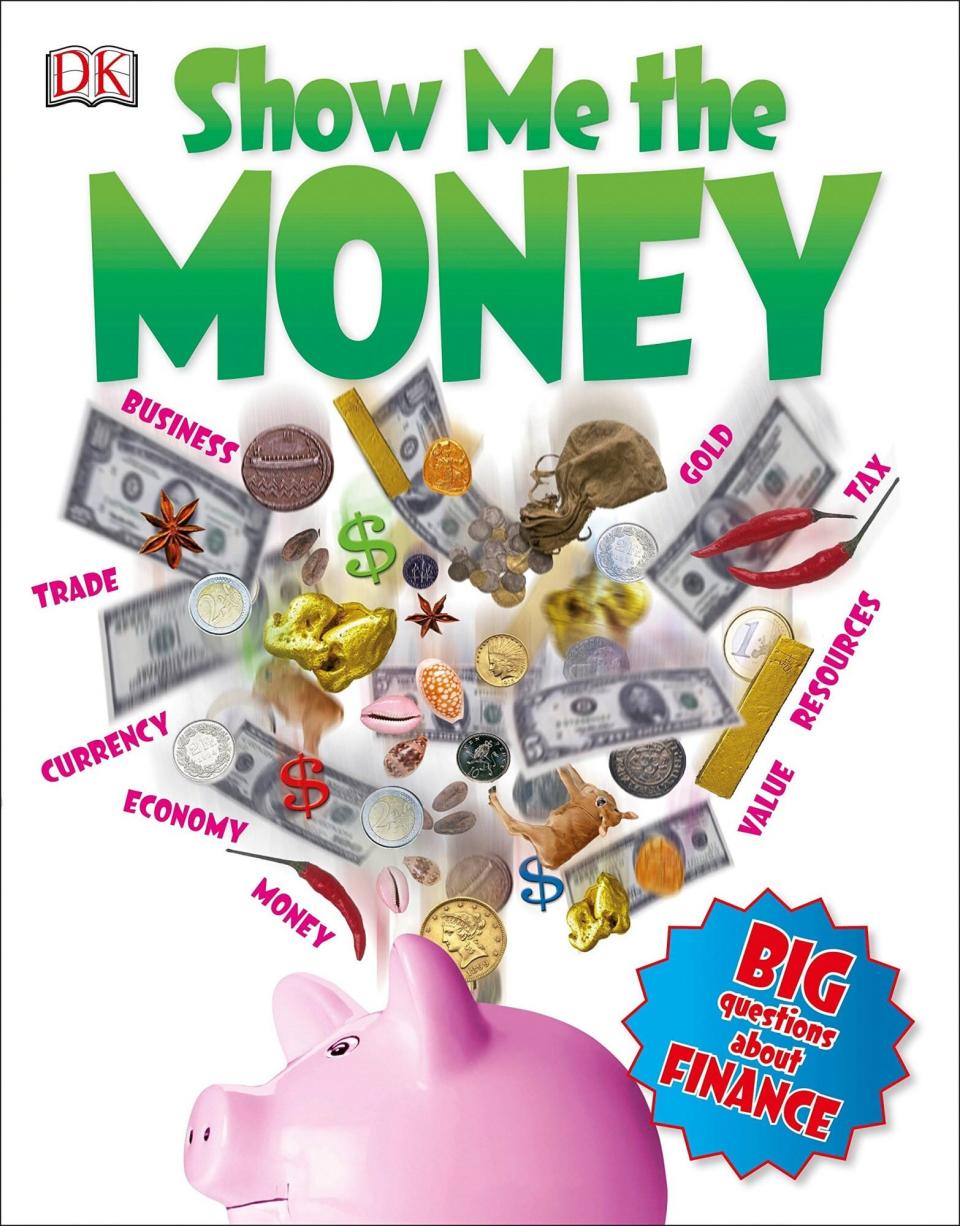
'Rethink Money: for Children & Teens' by Paul O'Mahony and Chris Farrell
Paul O'Mahony and Chris Farrell are offering Rethink Money for Children & Teens for free on their website Funancial Freedom, an online training platform that teaches kids and teens to become financially smart. And don't worry; this book may be free, but it's not filled with fluff. It has over 300 pages of must-know information that parents will wish they had when they were younger.
It covers wealth-building and ensures kids that time is on their side in doing so; if they start saving and investing early, becoming rich can be pretty foolproof. Not only does this book cover good debt vs. bad debt; it also provides the building blocks for an entrepreneurial mindset. These days, that level of strategy and forward-thinking innovation is invaluable, whether kiddo decides to open a lemonade stand or design the next big app.
